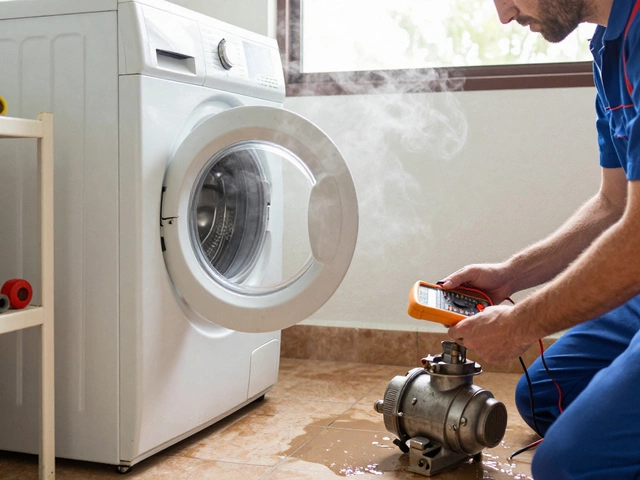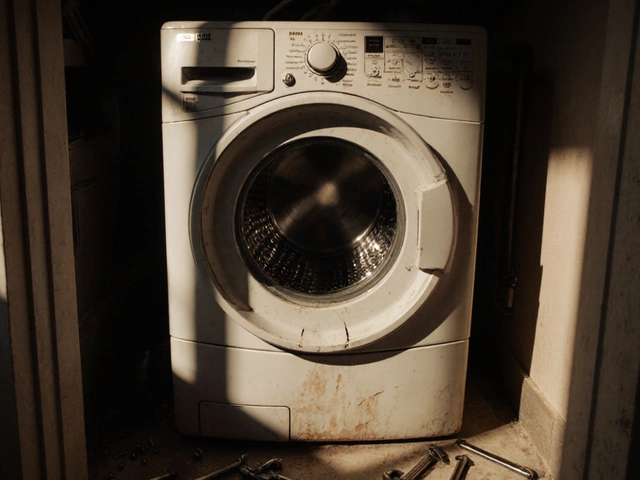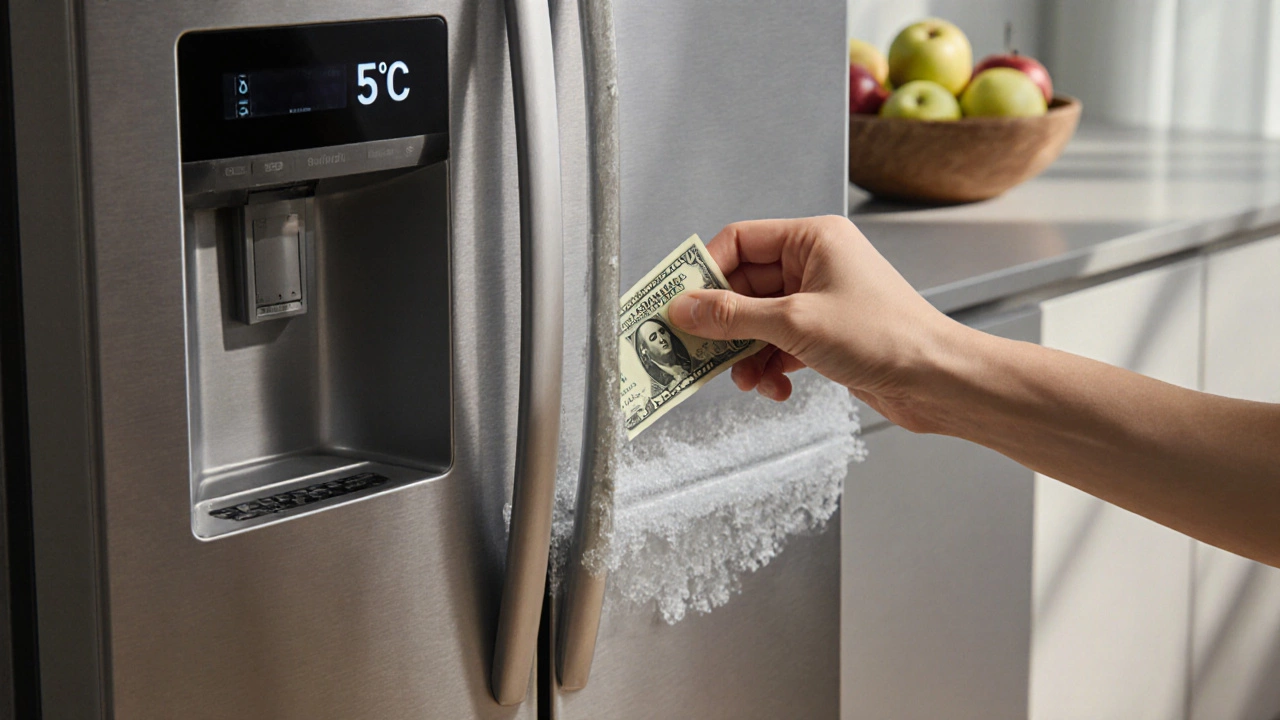Refrigerator Signs of Failure – Spot Issues Early and Save Money
When working with refrigerator signs of failure, the clues that tell you a fridge is about to break down. Also known as fridge failure indicators, it helps homeowners catch problems before costly repairs. A typical refrigerator, a kitchen appliance that keeps food cold using a sealed cooling system relies on several key parts, most notably the compressor, the motor that circulates refrigerant and creates cooling and the door seal, the rubber gasket that keeps cold air inside. Understanding how these components interact makes spotting warning signs much easier.
One of the first refrigerator signs of failure you’ll notice is a temperature shift. If the interior gets warm or frosts up unexpectedly, the cooling cycle isn’t completing properly. This often points to a faulty thermostat or a struggling compressor, both of which are critical for maintaining steady temperatures. When the thermostat misreads the environment, it can cause the compressor to run constantly or shut off too soon, leading to uneven cooling. Checking the set temperature against an external thermometer is a quick way to confirm the issue.
Common Warning Signs
Unusual noises are another red flag. A humming that turns into a loud clicking or buzzing usually signals that the compressor is having trouble starting or that the fan motor is failing. These sounds are not just annoyances; they indicate mechanical stress that can soon cause a complete shutdown. Similarly, a water pool at the bottom of the fridge often means the defrost drain is clogged. When drainage is blocked, melt water can’t escape, resulting in leaks that may damage flooring and create mold risks.
Damaged or worn door seals create a subtle but persistent problem. If the seal no longer makes a tight shut, warm air leaks in, forcing the compressor to work harder. Over time, this extra load shortens the appliance’s lifespan and spikes electricity bills. Inspect the seal for cracks, tears, or food residue; a simple cleaning or replacement can restore efficiency instantly.
Frost buildup inside the freezer compartment is also a tell‑tale sign. While a thin layer of frost is normal, thick ice indicates that the defrost cycle isn’t activating. This could be due to a malfunctioning defrost timer, heater, or sensor. When frost blocks the evaporator coils, the refrigerator loses its ability to pull heat from the interior, leading to warming food and a louder compressor.
Bad odors aren’t just a nuisance; they often mean food is spoiling because the unit isn’t keeping temperatures low enough. A sour or musty smell can also be a sign of mold growth behind the panels, usually caused by excess moisture from a leaky drain or a failing door seal. Addressing the root cause—whether it’s a seal, drain, or temperature issue—prevents health hazards and preserves food quality.
Finally, frequent cycling—where the fridge turns on and off repeatedly—usually points to an overworked compressor or a faulty pressure switch. This rapid cycling wears out components faster and reduces overall efficiency. Monitoring how often the compressor starts can help you decide whether a professional tune‑up is needed before a total breakdown occurs.
All of these refrigerator signs of failure are interrelated; a problem in one area often triggers symptoms elsewhere. Recognizing the patterns early lets you act quickly, whether that means cleaning a seal, resetting a thermostat, or calling a repair expert. Below you’ll find a curated set of articles that dive deeper into each symptom, guide you through DIY checks, and explain when it’s time to call in a professional.






